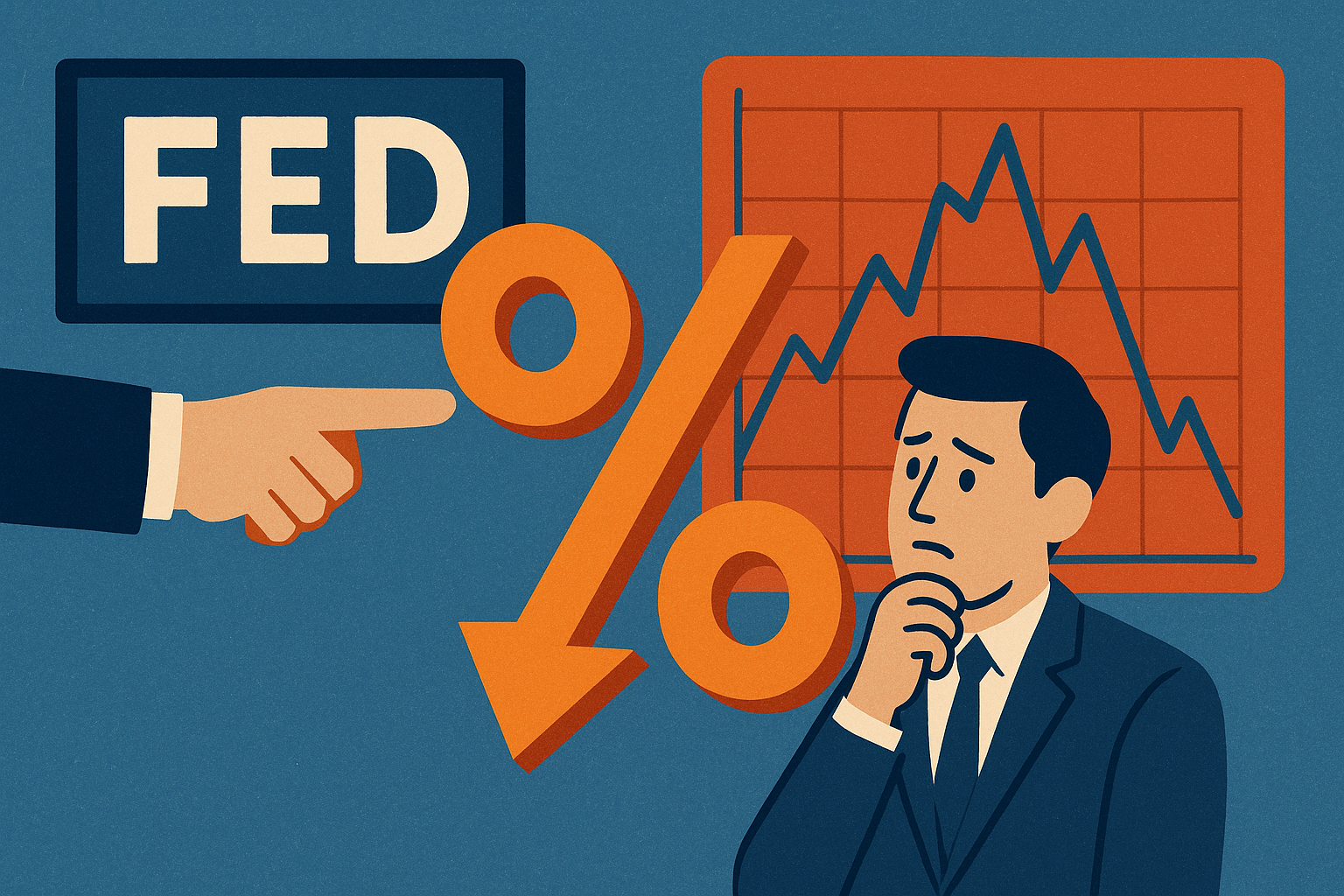Wall Street is treading carefully as the Federal Reserve gears up for what markets widely expect to be a 25 basis point rate cut this week. On September 17, U.S. equity futures showed muted movement, with the S&P 500 and Nasdaq oscillating between small gains and losses, while Treasury yields slipped further. The subdued tone reflects investor caution as markets weigh whether monetary easing can extend the rally or whether policy signals will fall short of expectations.
Why This Matters for Investors
For the past two years, investors have been navigating one of the most aggressive tightening cycles in decades. Inflation has moderated but remains above the Fed’s 2% target, while growth indicators show signs of slowing. The expected cut represents a significant policy pivot: a move from “higher for longer” toward monetary easing.
Bond markets were among the first to react. The U.S. 10-year yield dipped below 3.8% on Wednesday, its lowest in weeks, reflecting both anticipation of looser policy and renewed demand for safety assets. Equity traders, however, have been more hesitant. “A rate cut may support valuations, but earnings growth has to do more of the heavy lifting from here,” one New York-based portfolio manager told AP News.
Canada’s Parallel Shift
North of the border, Canada is facing a similar dynamic. Futures for the S&P/TSX were flat ahead of the Bank of Canada’s (BoC) upcoming decision. Inflation in Canada fell to 1.9% in August, undershooting analyst forecasts and giving policymakers more room to act. Reuters reported that markets are now pricing in a 25 bps BoC cut, potentially as soon as this week.
The Canadian economy has shown clear signs of deceleration, with two months of job losses and a second-quarter contraction raising concerns. For Canadian investors, the prospect of rate cuts is a double-edged sword: relief for borrowers and stimulus for equities, but a possible signal of underlying weakness in demand.
Market Crosscurrents
The interplay of Fed and BoC policy will reverberate across asset classes:
- Equities: Growth stocks, particularly in tech, could see upside if lower rates improve valuations. But cyclical sectors may struggle if cuts signal deteriorating growth conditions.
- Bonds: Yields are likely to stay under pressure, creating opportunities for fixed-income investors seeking capital appreciation.
- Currencies: A dovish Fed stance could weaken the U.S. dollar, while Canadian rate cuts may similarly pressure the loonie, creating volatility in FX markets.
Investors are also watching for how central banks frame the outlook. Will the Fed telegraph further cuts in 2025, or will it keep its options open? The communication strategy may matter more for markets than the initial rate move itself.
Future Trends to Watch
Several themes will shape the next leg of this cycle:
- Global Synchronization: The ECB and BoE are both under pressure to ease, raising the prospect of a broader wave of global rate cuts. Investors should watch for coordination or divergence.
- Corporate Earnings: With financial conditions easing, attention will return to whether corporate profits can re-accelerate. Earnings downgrades in sectors like retail and manufacturing hint at caution.
- Geopolitical Risks: Tariff disputes, commodity volatility, and political uncertainty in the U.S. election cycle could offset monetary stimulus effects.
Key Investment Insight
For investors, the message is clear: monetary easing may provide a tailwind, but it is not a panacea. Diversification remains critical. Growth-sensitive sectors such as technology and consumer discretionary may benefit, but defensive positioning in bonds and precious metals could help hedge against volatility if cuts fail to boost confidence.
As both the Fed and BoC prepare to act, this week marks a pivotal moment for North American markets. Investors should brace for heightened volatility and recalibrate portfolios around interest rate-sensitive assets.
Stay connected with MoneyNews.Today for daily coverage of central bank moves, market signals, and the investment strategies shaping global portfolios.





